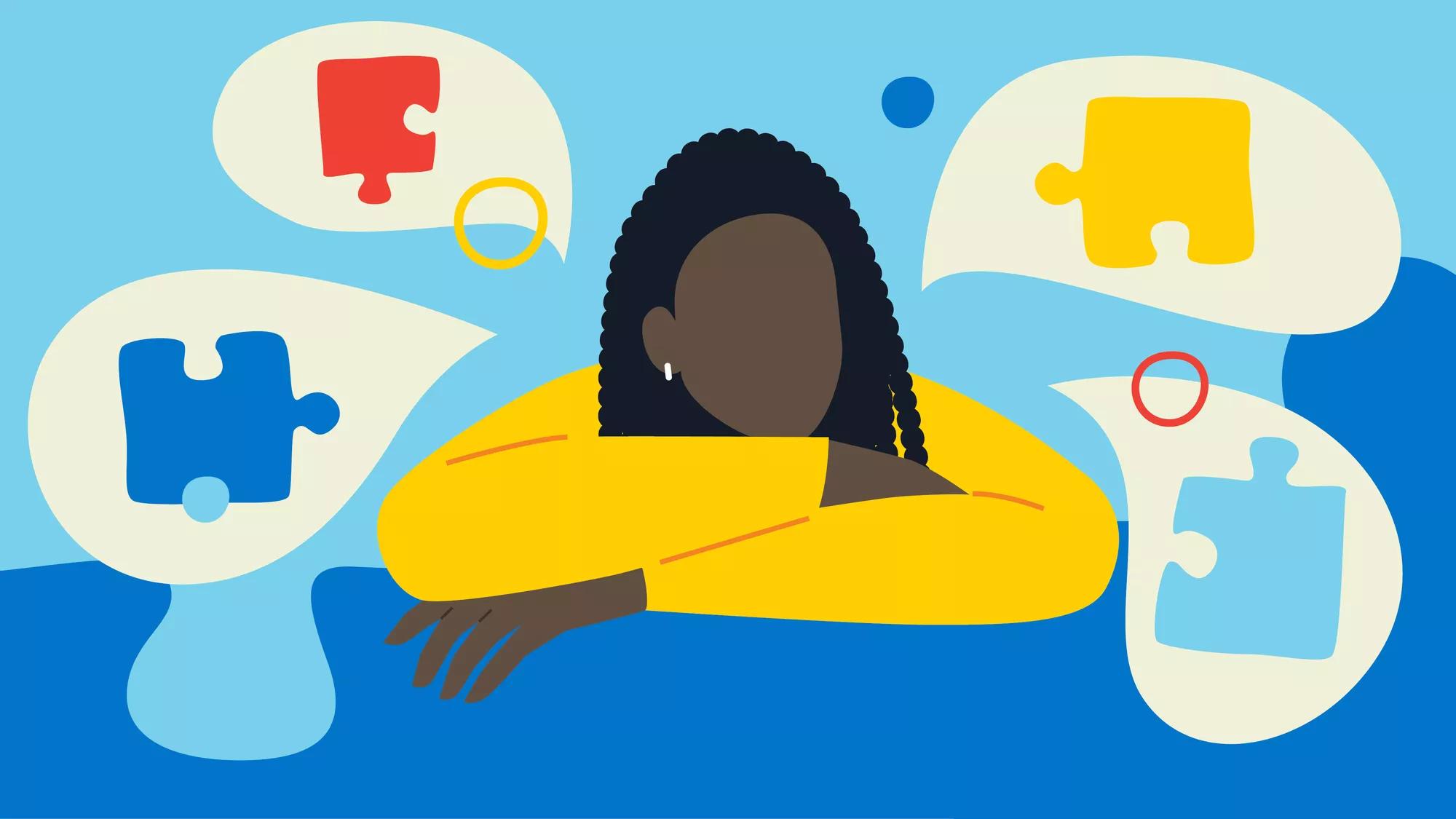Checking Out Autism: Methods for Reliable Interaction and Communication
Reliable interaction and communication with people on the autism range demand a comprehensive understanding of their distinct needs and preferences. Strategies such as employing clear language, utilizing visual supports, and cultivating regular regimens can dramatically boost involvement and lower anxiousness. Recognizing the significance of non-verbal cues and shared interests leads the method for significant connections. The ins and outs of these methods reveal more considerations that merit expedition, particularly in just how they can be adjusted to private experiences and varied contexts. What might these adaptations look like in method?
Recognizing Autism Spectrum Condition
Autism Range Condition (ASD) incorporates a range of neurodevelopmental problems identified by difficulties in social communication, communication, and repeated actions. The term "spectrum" shows the varied manifestations and varying levels of severity experienced by individuals with ASD. While some might show significant disabilities, others might display high-functioning characteristics, permitting for greater self-reliance in life.
The onset of ASD usually takes place in very early childhood, with indications usually recognizable by age two. Early signs might consist of delayed speech development, restricted eye get in touch with, and troubles in recognizing social cues. The specific etiology of ASD stays vague, research study recommends a mix of ecological and genetic factors plays a critical function in its growth.
As an outcome, treatments and assistance tailored to individual requirements are vital for fostering interaction and social skills. Identifying the intricacy of ASD is vital for advertising understanding, approval, and efficient strategies that assist in meaningful communications with individuals on the range.

Significance of Clear Communication
Reliable interaction is crucial for promoting understanding and connection, specifically for people with Autism Spectrum Disorder (ASD) Clear interaction not just helps with social interactions yet additionally improves the individual's capacity to share their thoughts, feelings, and requirements. For individuals with ASD, the nuances of language can typically be challenging; consequently, making use of simple and unambiguous language is vital.
In addition, clear communication aids minimize disappointment and anxiety that might arise from misconceptions. When messages are conveyed in a regular and direct way, individuals with ASD are much better equipped to translate information precisely, which can significantly improve their social engagement and involvement in numerous settings.
Developing routines and utilizing aesthetic supports can even more strengthen clear communication. These methods provide individuals with foreseeable structures that aid understanding and retention of details. Additionally, proactively being and listening client throughout communications promotes a helpful setting where people with ASD feel valued and understood.
Eventually, focusing on clear communication not only equips people with ASD yet also fosters more significant links with their peers, caretakers, and the larger neighborhood, leading the means for comprehensive communications and collective connections. - autism
Non-Verbal Communication Methods
Communication prolongs past words, and for people with Autism Spectrum Condition (ASD), non-verbal hints play a substantial duty in communications. Non-verbal communication techniques can consist of faces, motions, body movement, and eye call, every one of which work as vital components for conveying emotions and objectives.
Understanding and interpreting these non-verbal signals can enhance interactions with individuals with ASD. As an example, a cozy smile or open stance can develop an inviting ambience, motivating interaction. Using aesthetic help-- such as photo cards or icons-- can link interaction gaps and help share messages much more effectively.
It is additionally crucial to be mindful of individual area, as individuals with ASD might have different Homepage convenience levels concerning proximity. Observing their responses to physical closeness can educate suitable adjustments.

Producing Supportive Settings
Developing a helpful environment is crucial for cultivating favorable interactions and boosting the wellness of people with Autism Range Disorder (ASD) Such settings can substantially decrease anxiety and produce a sense of safety and security, enabling people to reveal themselves more openly.
To achieve this, it is crucial to think about sensory sensitivities that people with ASD may experience. Customizing the physical space to include soft lights, very little history noise, and comfy seating can produce a calming environment. Additionally, utilizing regular routines and clear aesthetic schedules can assist people expect changes and decrease unpredictability, further promoting convenience.
Social spaces ought to be structured to decrease overwhelming stimuli while giving opportunities for interaction in recommended activities. Assisting in locations designated for silent time can likewise work as a haven throughout minutes of tension. Notably, incorporating aspects of option empowers people, permitting find them to exercise Get More Info company in their atmosphere.

Motivating Social Interactions
Cultivating social interactions amongst individuals with Autism Spectrum Problem (ASD) needs willful techniques that focus on comfort and interaction. Establishing predictable regimens can help lower anxiety, making social setups more approachable. Developing structured atmospheres with specified obligations and duties allows individuals to involve without the frustrating pressure of unstructured social characteristics.
Incorporating rate of interests and toughness right into social activities can serve as a stimulant for interaction. Arranging team activities around shared hobbies or topics of fascination can promote all-natural conversations and connections. Furthermore, using aesthetic assistances, such as pictorial routines or social scripts, can help in recognizing social signs and assumptions.
Designing appropriate social behaviors is vital - autism. Grownups and peers need to show reliable interaction strategies, consisting of energetic listening and turn-taking. Role-playing circumstances can additionally provide a safe space for individuals to exercise these abilities
Last but not least, cultivating peer partnerships via comprehensive techniques is crucial. Urging comprehensive playdates or team trips can produce chances for socialization in a comfortable setup. By applying these approaches, caretakers and teachers can significantly boost social communications for individuals with ASD, promoting their total social advancement and well-being.
Final Thought
In verdict, effective communication and communication approaches are important for supporting people with Autism Range Disorder. Ultimately, these techniques equip people with autism to browse social landscapes, promoting their general wellness and making it possible for the growth of lasting relationships.
Efficient interaction and communication with people on the autism range demand a comprehensive understanding of their distinct requirements and preferences. Clear communication not only assists in social communications yet also enhances the individual's ability to express their ideas, demands, and feelings.Cultivating social communications among individuals with Autism Spectrum Disorder (ASD) requires willful approaches that focus on convenience and interaction. By carrying out these techniques, caregivers and educators can significantly boost social interactions for individuals with ASD, advertising their general social development and health.
In final thought, effective interaction and communication strategies are essential for supporting people with Autism Range Problem.